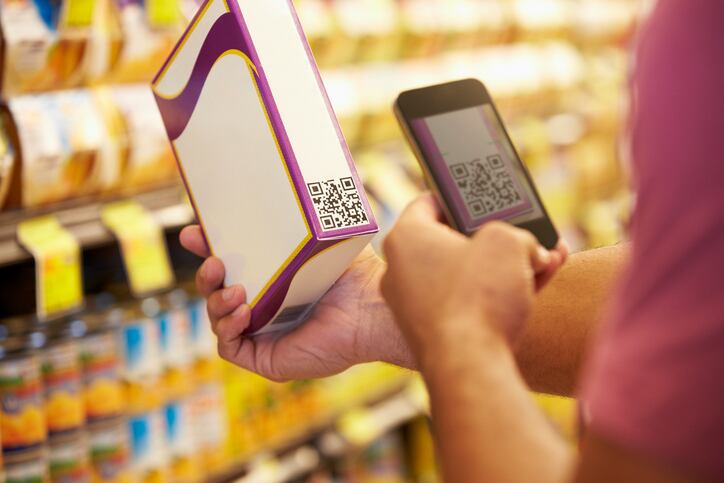“Historically, there were basically three questions we asked [when selecting products at grocery stores]: How much does it cost? Is it convenient? And how does it taste? If you had a tasty product at a price the consumer could afford and it tasted decent, then you had sale,” Leslie Sarasin, CEO and president of FMI told attendees gathered at US Chamber of Commerce Foundation’s second annual Food Forward summit in Washington, DC, this week.
Now, she explained, thanks in large part to the Internet and access to information that was previously unavailable, “We find the value equation has exploded into a whole litany of different questions. We are asking ourselves where was something produced? Is it an ethical product … does it contain GMOs? All of these questions we are asking ourselves that we never really spent too much time thinking about before are becoming part of each of our value equation.”
To make matters even more complicated, she added, “every shopper is different … [and] how we shop is a little bit like a finger print. Each of you has your own value equation in shopping for groceries,” which in turn is leading to radical personalization.
Radical personalization is all about what the shopper wants, needs and expects, and it requires “our retailers who are everyday trying to meet customer needs to be able to understand what the value equation is for each shopper in their stores so they can help meet those needs as easily and quickly as possible,” Sarasin said.
5 ways retailers are responding to radical personalization
To do this, she said, retailers are embracing technology and artificial intelligence to help create a marketplace and outreach campaign that identifies consumers’ needs and then meets them.
This in turn has led to the creation of new ways of shopping. “Sometimes it is brick and mortar, sometimes it is online, and sometimes it is click and collect. There is an option for nearly everyone who is interested in buying groceries,” she said.
As these new models emerge, she added, “we necessarily need a new workforce because we have individuals in our stores who are able to connect with the customers who are able to use technology, to use data and analyze it appropriately for the company.”
Finally, Sarasin said, these changes also are influencing how food is produced and the types of foods consumers are interested in, which places an onus on manufacturers to be more transparent about what is in their products and how they are made.
While all these changes and the breakdown of the traditional consumer model may be intimidating to industry players, the end result is “a more unified and more empowered and more interesting and fun food industry, in which we can all love to engage and enjoy every minute of,” Sarasin concluded.


